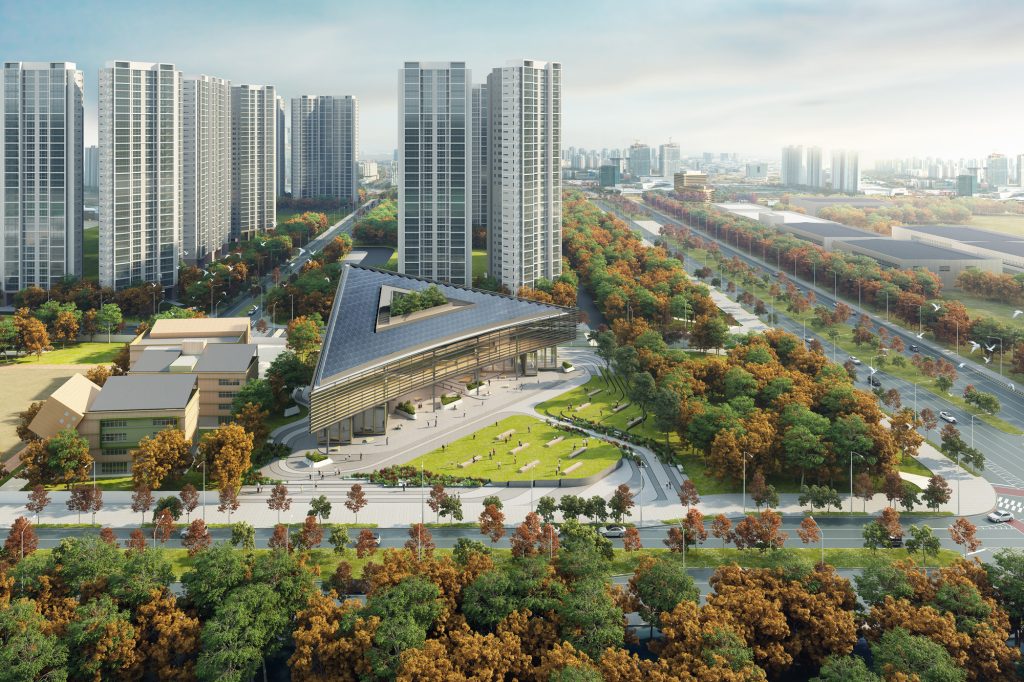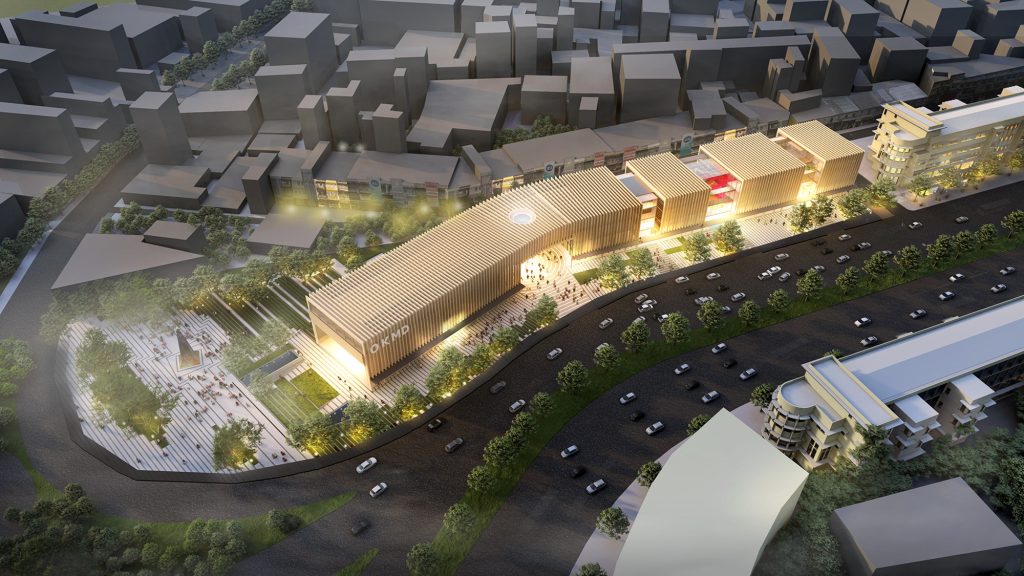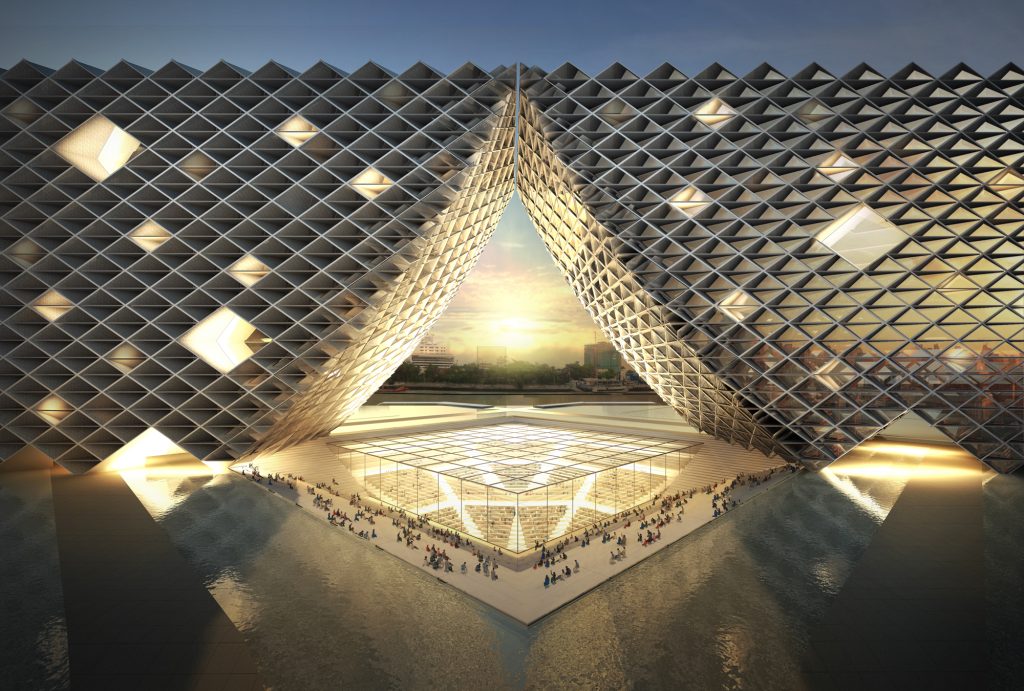Korean War Memorial Park for Civil Victims Korean War Memorial Park for Civil Victims Korean War Memorial Park for Civil Victims Korean War Memorial Park for Civil Victims Korean War Memorial Park for Civil Victims Korean War Memorial Park for Civil Victims
Rememberance and Reconciliation through spiritual interactions between the Site, the Rain, and the Architecture
“THE RAIN OF REMEMBERING”
Walking back to the rain,
The pouring hand rewinds.
Stacking lost and pain,
The falling rain reminds.
// WALKING BACK TO THE RAIN //
‘Preface’
“Ideologies separate us. Dreams and anguish bring us together.”
— Eugene Ionesco
The monsoon rain of 1950 came with a storm of ideological conflict, which claimed countless civilian victims. The Rain of Remembrance seeks to bring people back to one of the cruelest events in world history, reproducing the circumstances where victims were confronted, killed, and piled in mass graves on a rainy day.
However, architecture alone cannot tell the whole story. It requires the remembrance of people to recreate the anguish. The anguish that shall bring us together.
// THE POURING HAND REWINDS //
‘The Ceremonial Void’
The memorial consists of two connected spaces: the ceremonial void on top of the berm and the memorial hall, which covers the canal below. The circular void creates a connection between recalling and recreating through ceremony. The hole, representing the mass grave, is a commemorative space where people can engage with the past by pouring water with their hands.
In the moment when people commemorate the dead by handing down the water to the memorial hall, they are recreating the 1950 rain for the people below.
// STACKING LOST AND PAIN //
‘The Memorial Hall’
Inside the memorial hall, the walls are formed by solid bricks and memorial bricks. The solid bricks represent the ground, while the memorial bricks, which are transparent boxes containing the bones of the victims, represent the dead. The stacking of these bricks replicates the condition of the mass graves from that time—the graves filled with friends, families, lovers, dreamers, ideologists, and innocents—then covered with sorrow and fear.
// THE FALLING RAIN REMINDS //
‘The Remembrance’
Through the void, the ceremonial water flows into the memorial hall and evacuates through the canal below. Along the way, the water drops along a curved surface, a reminder of the rainy season of 1950. The echo of the drops, amplified by the conical volume of the hall, represents the groans of the victims.
The truth from the past is brought by the rain through the architecture. This architecture also brings in hope, created by the natural light. As time goes by, human ignorance repeats the suffering of history.
Only the truth will offer hope to end this miserable cycle.
Location
Dong-gu District, City of Daejeon, South Korea
Site Area98,000 Sq.m.
Design Date2020
ArchitectIF (Integrated Field)





















